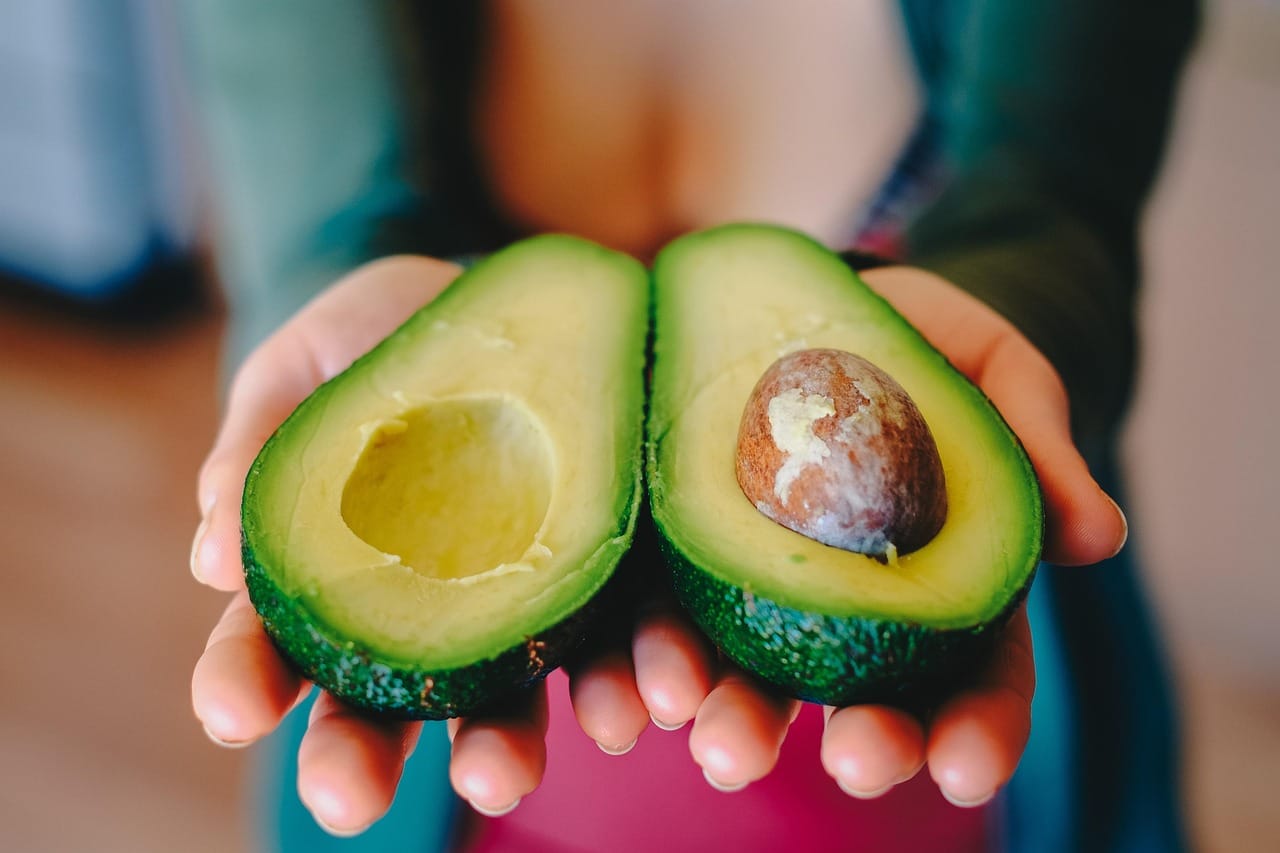Pesto pasta, a vibrant and flavorful dish, is a culinary staple for a reason. Its simplicity belies its incredible taste, offering a quick and satisfying meal that’s perfect for weeknight dinners or elegant gatherings. From the fragrant basil pesto to the perfectly cooked pasta, every element contributes to a symphony of flavors that tantalizes the taste buds. This guide will delve into the art of creating the perfect pesto pasta, covering everything from selecting the best ingredients to mastering the techniques that elevate this classic dish.
Understanding the Foundations: What is Pesto Pasta?
Pesto pasta, at its core, is a dish that combines pasta with pesto sauce. However, the magic lies in the quality of ingredients and the execution. It’s more than just tossing pesto and pasta together; it’s about creating a harmonious blend where each element complements the others.
The Star: Pesto Sauce
Pesto, traditionally made from basil, pine nuts, garlic, Parmesan cheese, and olive oil, is the heart and soul of this dish. A good pesto should be vibrant green, fragrant, and have a slightly nutty and salty flavor.
- Key Ingredients:
Fresh Basil: The fresher, the better. Look for vibrant green leaves with no blemishes.
Pine Nuts: Toasted pine nuts add a nutty richness and depth.
Garlic: Adds a pungent aroma and flavor. Use fresh garlic cloves for the best results.
Parmesan Cheese: Authentic Parmigiano-Reggiano is the gold standard, but Grana Padano is a more affordable alternative.
Olive Oil: Extra virgin olive oil provides the rich, smooth base of the pesto.
Salt: Enhances the flavors of all the ingredients.
The Vehicle: Choosing the Right Pasta
The type of pasta you choose can significantly impact the overall experience. While any pasta can technically be used, certain shapes are better suited for holding and distributing the pesto.
- Excellent Choices:
Linguine: Its long, flat shape allows the pesto to cling beautifully.
Spaghetti: A classic choice that works well with pesto’s smooth texture.
Penne: The ridges of penne hold the pesto sauce effectively.
Fusilli: The spiral shape captures the pesto in its grooves, delivering a burst of flavor with every bite.
Crafting the Perfect Pesto: Homemade vs. Store-Bought
While store-bought pesto can be a convenient option, homemade pesto offers a superior flavor profile. Making your own allows you to control the ingredients and freshness, resulting in a truly exceptional pesto pasta.
Homemade Pesto: A Step-by-Step Guide
Making pesto at home is easier than you might think. Here’s a basic recipe and guide:
Store-Bought Pesto: What to Look For
If you opt for store-bought pesto, choose wisely. Look for brands with a high percentage of basil and minimal additives. Check the ingredient list and avoid products with excessive amounts of preservatives or fillers. Fresh pesto found in the refrigerated section is generally higher quality than jarred versions.
- Tips for Choosing Store-Bought Pesto:
Check the expiration date to ensure freshness.
Read the ingredient list carefully. Basil should be the first ingredient.
Look for pesto made with high-quality olive oil.
Consider refrigerated options for fresher flavor.
Cooking the Pasta: Achieving Al Dente Perfection
Properly cooked pasta is crucial for a satisfying pesto pasta dish. Aim for “al dente,” which means “to the tooth” in Italian. The pasta should be firm but not hard, offering a slight resistance when bitten.
The Art of Al Dente
- Use Plenty of Water: Use a large pot with plenty of water (about 6 quarts for a pound of pasta).
- Salt the Water Generously: Add a generous amount of salt to the water once it comes to a boil. This seasons the pasta from the inside out. A good guideline is about 1-2 tablespoons of salt per gallon of water.
- Cook Until Al Dente: Follow the package directions for cooking time, but start checking for doneness a minute or two early.
- Reserve Pasta Water: Before draining the pasta, reserve about 1 cup of the starchy pasta water. This liquid gold can be used to adjust the consistency of the pesto sauce and help it cling to the pasta.
Tips for Perfect Pasta
- Don’t Overcook: Overcooked pasta becomes mushy and unappetizing.
- Stir Frequently: Stir the pasta frequently during cooking to prevent it from sticking together.
- Drain Thoroughly: Drain the pasta well after cooking.
Bringing It All Together: Assembling the Pesto Pasta
The final step is combining the cooked pasta with the pesto sauce. This is where the magic happens, transforming simple ingredients into a flavorful and satisfying meal.
The Perfect Toss
Elevating Your Pesto Pasta
- Add-Ins: Consider adding grilled chicken, shrimp, cherry tomatoes, sun-dried tomatoes, or roasted vegetables to your pesto pasta for added flavor and texture.
- Lemon Zest: A touch of lemon zest brightens the flavors and adds a refreshing note.
- Red Pepper Flakes: For a bit of heat, sprinkle some red pepper flakes over the finished dish.
Conclusion
Pesto pasta is a versatile and delicious dish that’s easy to customize to your liking. By understanding the fundamental components, mastering the techniques, and experimenting with different variations, you can create a pesto pasta dish that is both satisfying and impressive. So, grab your basil, pine nuts, and Parmesan cheese, and get ready to embark on a culinary adventure!




